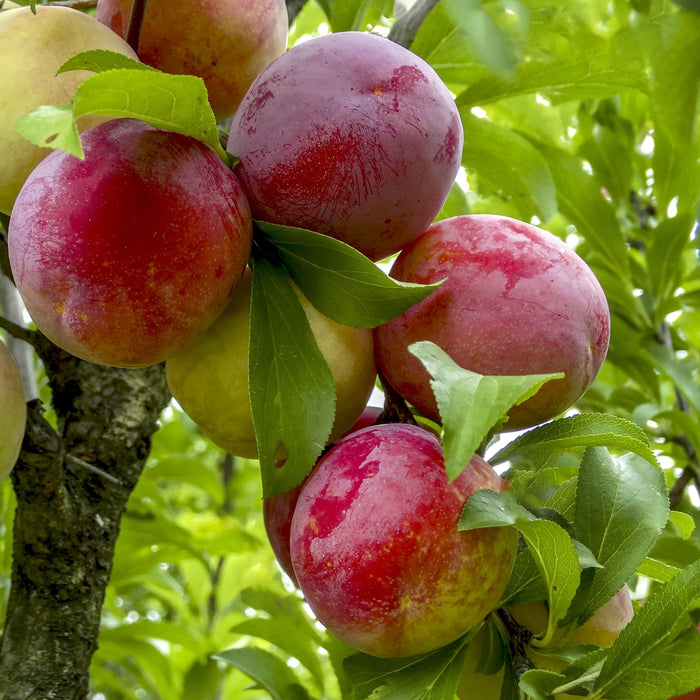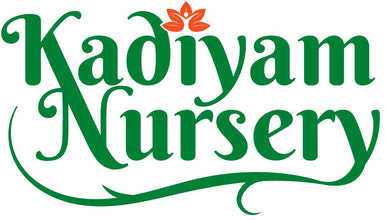
Plum (Prunus domestica) Trees for Sale - Enhance Your Garden and Enjoy Delicious Fruits
( Plant Orders )
- Discover High-Quality Plants from Around the India with Kadiam Nursery
- Kadiam Nursery: Your Premier Destination for Wholesale Plant Orders
- Minimum Order of 50 Plants Required for Each Plant Variety
- Vehicle Arrangement for Plant Transport: No Courier Service Available
- Global Shipping Made Easy with Kadiam Nursery: Order Your Favorite Plants Today
Please Note: Plant Variations May Occur Due to Natural Factors - Trust Kadiam Nursery for Reliable Quality.
Original price
Rs. 249.00
Current price
Rs. 199.00
